Bernat Klein, one of the 20th century’s leading forces in Modernist design, is being celebrated at the National Museum of Scotland in Edinburgh. Michael Alexander speaks to the Dundee-trained exhibition curator about his undervalued significance.
He was a key figure in Modernist design and one of the 20th century’s most celebrated textile designers.
But as a new exhibition launches at the National Museum of Scotland in Edinburgh to celebrate the life and career of Bernat Klein (1922-2014), the exhibition’s organisers don’t believe the late textile designer is as well-known as he should be.
Bernat Klein: Design in Colour celebrates the work of the Serbian-born textile designer who settled in the Scottish Borders after the Second World War.
The exhibition, which opens on November 5, examines his creative process and varied career; from supplying innovative couture fabrics to some of Europe’s top fashion houses to his strong influence on architecture and interior design in the UK and Scandinavia.
It marks the centenary of Klein’s birth and is part of a series of cultural events developed by the Bernat Klein Foundation to celebrate the designer in 2022.
It charts his 60-year career as a textile designer, artist, educator, and colour consultant.
Yet despite designers such as Balenciaga, Dior, Yves Saint Laurent and Hardy Amies all featuring his work, the reality is that many people remain unfamiliar with his name, says Lisa Mason, assistant curator of modern and contemporary design at National Museums Scotland.
Why is Klein not a household name?
“Bernat Klein was many things,” says Lisa, who graduated in textile design from Dundee’s Duncan of Jordanstone College of Art and Design in 2009.
“He was just a really prolific creative.
“He emigrated to the UK after the Second World War.
“He set up his manufacturing business in Galashiels and from there he went on to design fabrics – major couture houses in Paris.
“His fabrics were used by people like Chanel, Dior, Yves Saint Laurent. All these big Paris designers.
“He also did a lot of work with really interesting interior firms both in the UK and in Scandinavia, and went on to work with mail-order fashions and patterns for home knitting.
“In addition to his design work, he was a prolific artist as well in terms of his oil paintings.
“But while he’s this kind of multi-faceted character that’s had a real impact on design and how we use colour today, I don’t think he’s currently a household name.
“He deserves to be lauded for his impact on textile design in Britain and mid-century design more broadly.”
Lisa believes the reason for Klein’s relative lack of profile can be traced back to the fact that traditionally, the profession of the textile designer is a “bit more anonymous” than the fashion side of the industry.
“I think perhaps the fact that he based himself in Galashiels as opposed to London perhaps didn’t help with that anonymity either,” she adds.
“Although on the flip side, his decision to base himself in Galashiels saw him draw upon this pool of local expertise and the fact that he was there meant he could produce very innovative fabrics.”
Klein’s escape from Nazism
Bernat Klein was born in Yugoslavia (now Serbia) in 1922, to an Orthodox Jewish family who ran a wholesale textile business.
In his autobiography, he told how his mother influenced his ideas about personal style.
She was really well dressed and took care to dress the family and pick out textiles and garments that would give them confidence going out into the world.
He attended the Bezalel School of Art and Craft in Jerusalem in the 1940s, where his exposure to Bauhaus ideas and the modernist architecture of Israel had a profound influence on him.
He escaped the rise of Nazism across Europe, going on to study textile technology at Leeds University before settling in the historic textile centre of Galashiels in the Scottish Borders, establishing his design and manufacturing business, Colourcraft in 1952.
Part of a new wave of designers re-invigorating British industry and contributing to economic regeneration in the post-war period, he is best known for his highly original fashion textiles, with their rich textures and exuberant colour palette.
Breakthrough in fashion
A significant career breakthrough came when Coco Chanel selected one of his mohair tweed fabrics for her spring/summer 1963 collection.
His couture cloths quickly came to dominate international catwalks throughout the 1960s, with designers such as Balenciaga, Dior, Yves Saint Laurent and Hardy Amies all featuring his work.
The company established offices in London and Paris and sold fabrics to the American womenswear market.
Klein also designed ready-to-wear fashion and textiles for home dressmakers.
He had a lifelong passion for colour and worked as a colour consultant and industrial designer for various national and international firms.
In 1966, he set up a design consultancy company, collaborating with progressive interior firms in Britain and Scandinavia.
He was an accomplished painter and found inspiration in the landscape surrounding his Borders home, High Sunderland.
Klein commissioned the architect Peter Womersley to design the building, which is recognised today as one of Scotland’s finest modernist homes.
Museum acquires archive
National Museums Scotland acquired his archive in 2010.
This internationally significant collection of around 4,000 objects ranges from fabrics and garments to design development material.
However, while some Klein artefacts are normally displayed in the National Museum of Scotland’s permanent fashion and style gallery, which opened in 2016, this is the first time that items from across the collection have been displayed.
Highlights include couture fashion, interior designs, textiles and original artworks alongside newly acquired pieces which contextualise Klein’s work and recognise his legacy.
Made possible with Art Fund support through the New Collecting Awards, these acquisitions include creations by fellow textile designers Ascher Ltd and Tibor Reich.
“We’re really keen to show how broad and rich his archive is,” says Lisa.
“I talked before about how Bernat didn’t just work in textiles.
“He worked in interiors commissions. We are really super keen to show the breadth of his career throughout the show.
“His archive at the National Museum of Scotland comprises about 4000 objects – so it’s massive.
“In terms of picking objects for the exhibition, I was really spoiled for choice.
“But we’re very keen to show his working process through the juxtaposition of objects.
“For example, there’s three really spectacular oil paintings in the show by Bernat Klein.
“I’ve kind of chosen to include those because there’s a really strong visual relationship with the textiles and it’s my hope that the visitors will be able to look at those in relation to the other objects and kind of get his working process and his inspiration and where he’s coming from.
“There are also garments from the Ready to Wear collection including a really amazing 1970s kaftan.
“We’re also loaning a suit from the Chanel archive in Paris that was from the 1963 haute couture collection.
“It’s a really significant object that we are having on loan.
“We also have in the show which I’m super excited about some of Bernat’s own homemade colour selection tools.
“These are really kind of interesting ephemeral objects that he made himself to help balance and select colours in his design development.
“Normally stuff like that doesn’t survive. I think viewers are going to be quite intrigued by those.
“We also have a really phenomenal rug that’s based on an oil painting of tulips in the exhibition by Tomkinsons Carpets of Kiddiminster.
“And then a kind of personal favourite of mine is Bernat’s work for the Department of the Environment in the late 1960s.
“He designed a series of colour guide for government buildings to allow people to pick harmonious colour combinations.
“These were used for things like armed forces accommodation, in museums, in civil service buildings, and they are just really out there!”
Interest in Bernat Klein
When Glasgow-raised Lisa studied textile design at Duncan of Jordanstone College of Art and Design during the first decade of the 2000s, Klein wasn’t in the curriculum.
She was interested in his work on a personal level, however, and learned more about him through independent research.
In 2012, she got her first start in the museum sector when, two years after the National Museum of Scotland acquired the Klein collection, she was employed in the museum for six months to catalogue and archive the collection.
Ten years on, it feels like “quite a nice homecoming” to have curated the new exhibition.
She’s in no doubt that having access to the collection early on in her career and being immersed in it for six months was “such a gift” that helped her understand his mindset.
Klein was a firm believer that design was for everyone.
He believed that good design could impact on peoples’ lives for the better.
While he worked closely with the top Paris fashion houses, his mail-order catalogues with pull-out colour charts aimed to “democratise” design and make it accessible to everyone regardless of income.
Champion of sustainability?
In his day, there wasn’t the same level of debate about so-called ‘fast fashion’ or the negative impact the textile industry was having on the environment.
However, if Klein was around today, Lisa thinks he would have been a champion of sustainability.
“He was so forward-looking,” she says.
“There’s a really nice quote from him in his autobiography Eye For Colour when he says that at the start of his design process he asks the question – ‘has this been done before?’ And if it has he moves on to the next idea.
“I think he was one of those people who was always looking forward.
“He was really engaged in the major contemporary debates of his time, and he was always looking at design as a way of solving problems and improving peoples’ lives.
“Obviously it’s speculation, but I can well imagine him being front and centre of the debates around sustainability and well-being today.
“We would probably call it colour psychology today.
“He had a lot of really innovative and important ideas about how colour can impact well-being, and how people go out into the world. How they furnish their homes, how they dress themselves.”
As well as the exhibition, the Bernat Klein Foundation have just finished a book about Klein, which is available at the NMS shop and through the foundation’s website.
Klein at V&A Dundee
Meanwhile, in a parallel development, Meredith More, one of the curators at V&A Dundee, confirmed she’s been working on bringing in some new objects to V&A Dundee’s Scottish Design Galleries to celebrate Bernat Klein’s centenary.
“It’s not as significant as a whole redisplay,” she says, “but in November we are borrowing two watercolours made by Peter Womersley in 1956 of Bernat Klein’s family home High Sunderland, as its recent renovation and restoration was up for the Doolan Award.
“High Sunderland is one of the masterpieces of Scottish modernist architecture and we’re excited to be representing it at V&A Dundee.
“High Sunderland was more than a house to Klein, it was a way of living.
“His daughter Shelley Klein says ‘my father was the house, the house was my father’.
“We are interested in exploring the way the design of his home captured him personally and professionally.
“At V&A Dundee you can also see a suit by Klein on display in the Scottish Design Galleries.”
When to see the NMS exhibition
*Bernat Klein: Design in Colour, runs at the National Museum of Scotland in Edinburgh from November 5 until April 23, 2023. Admission is free.
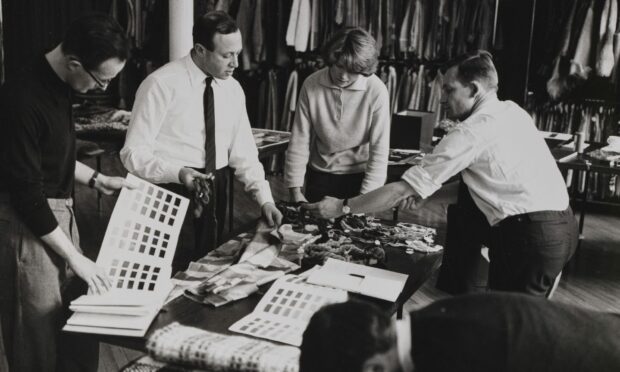
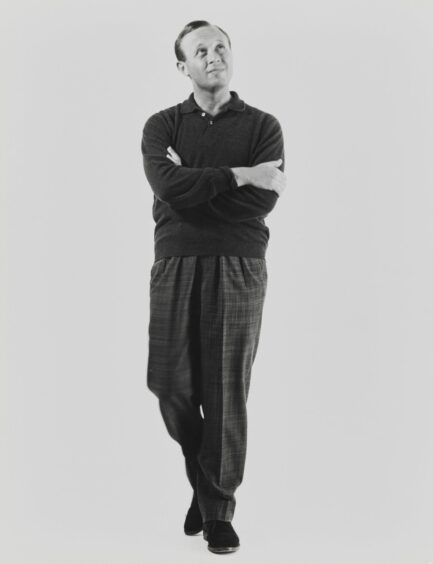
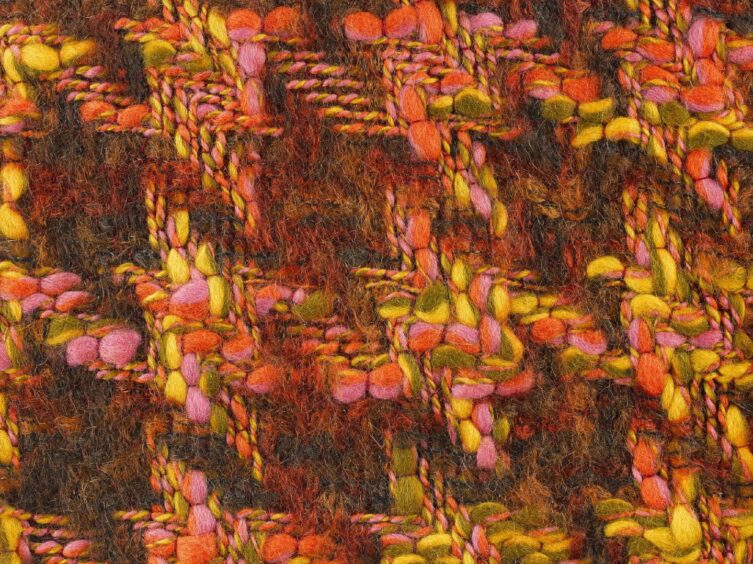
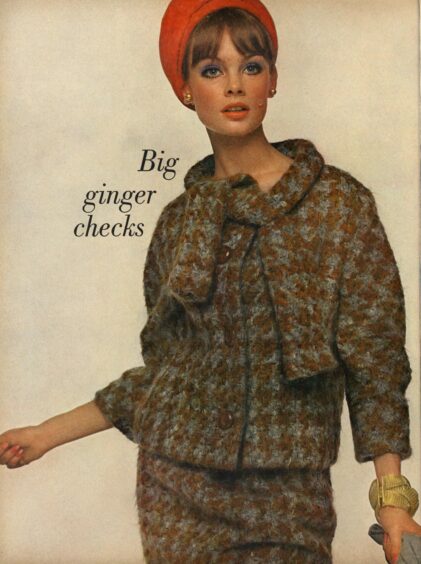
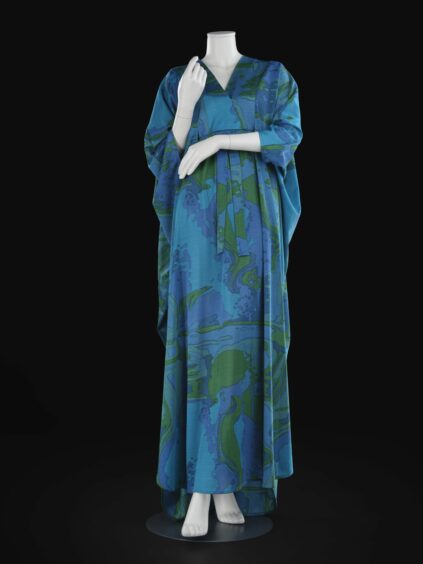
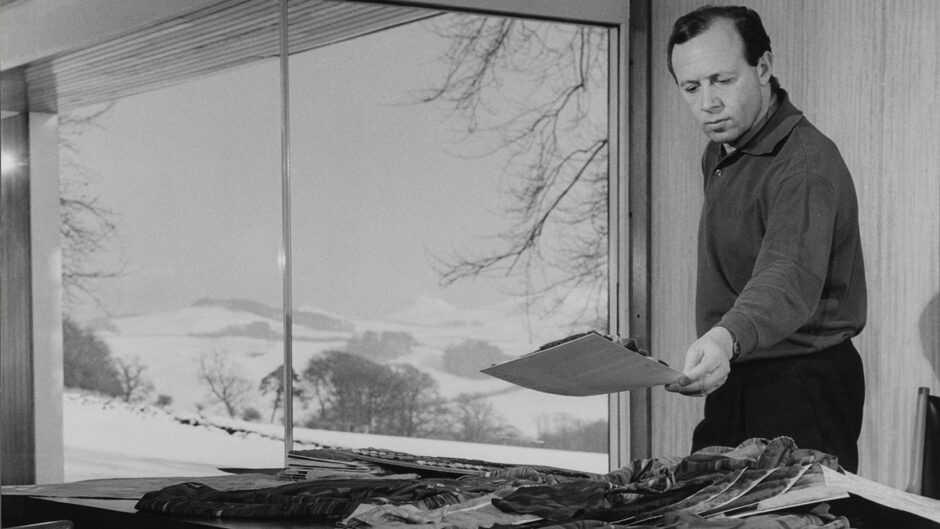
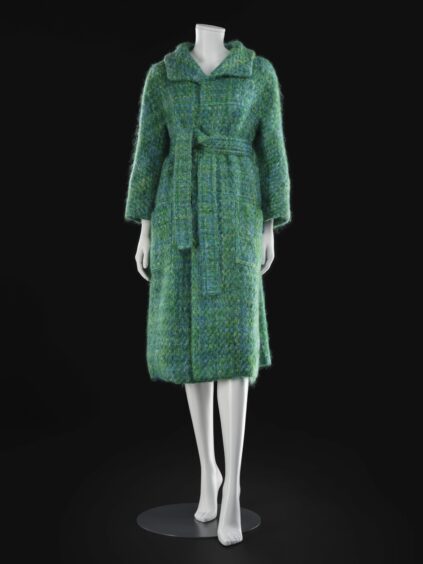
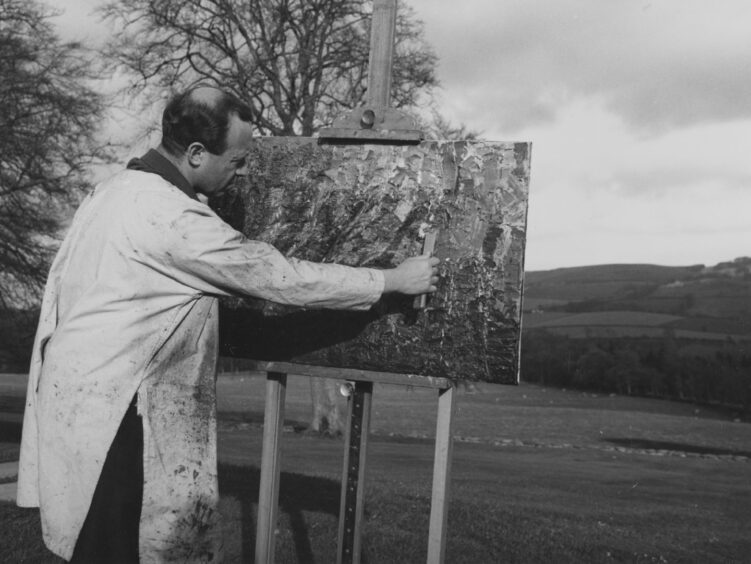
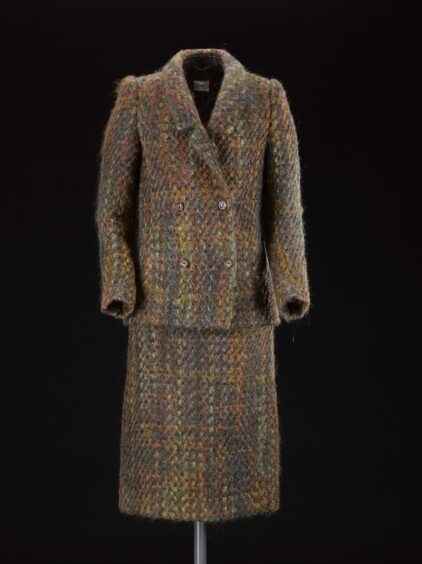
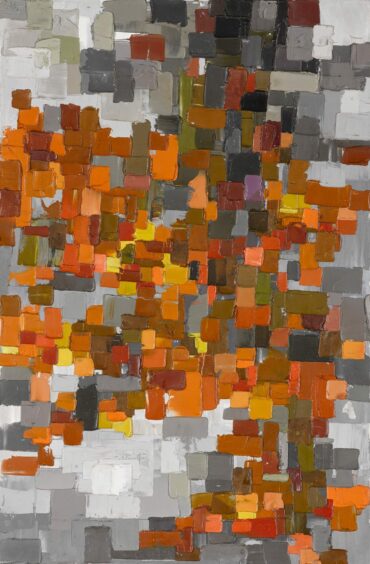
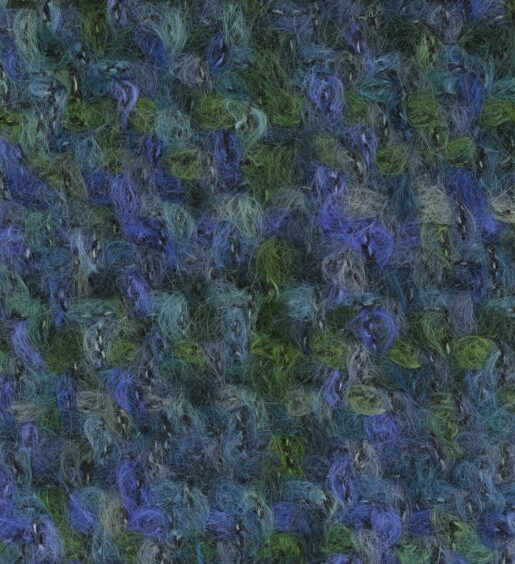
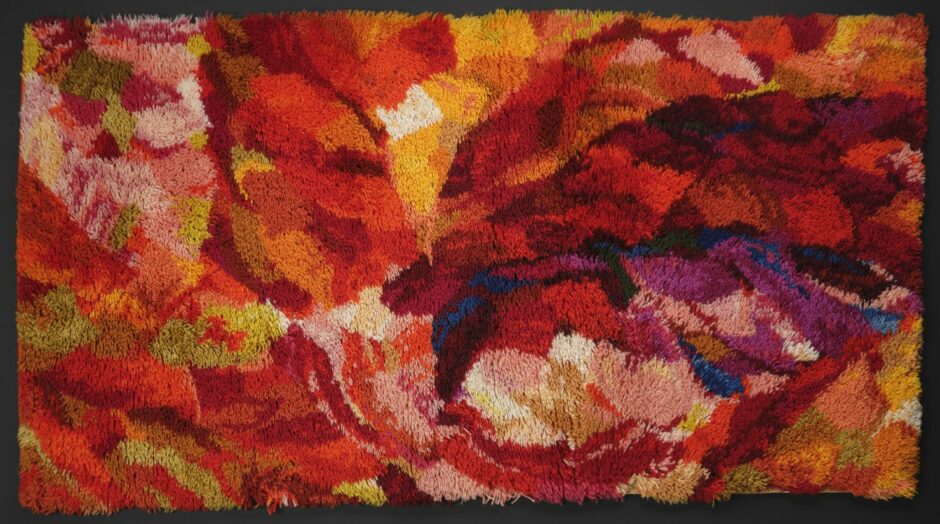
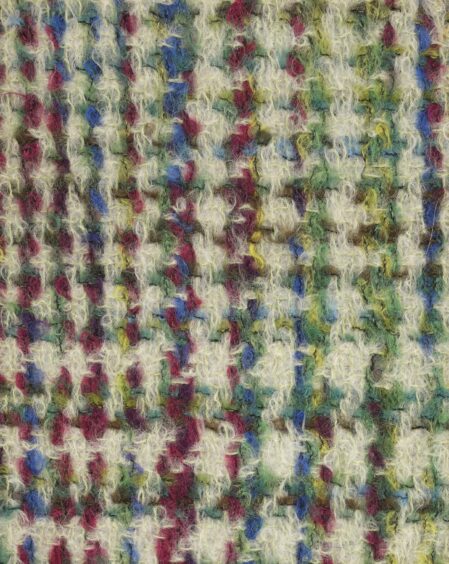
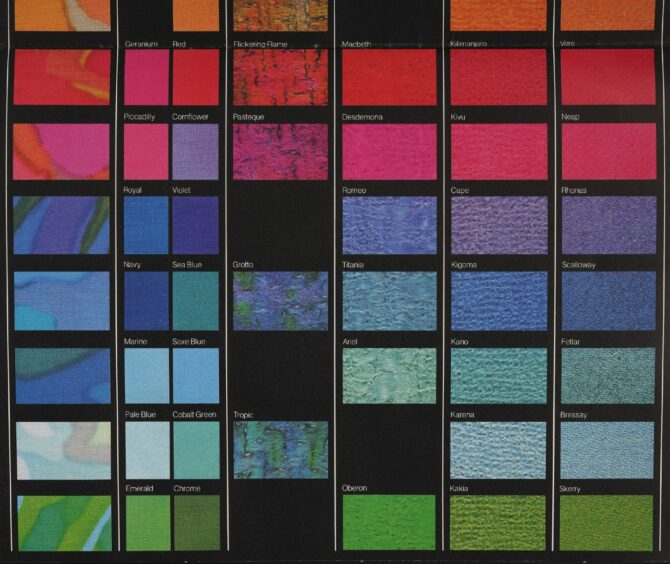
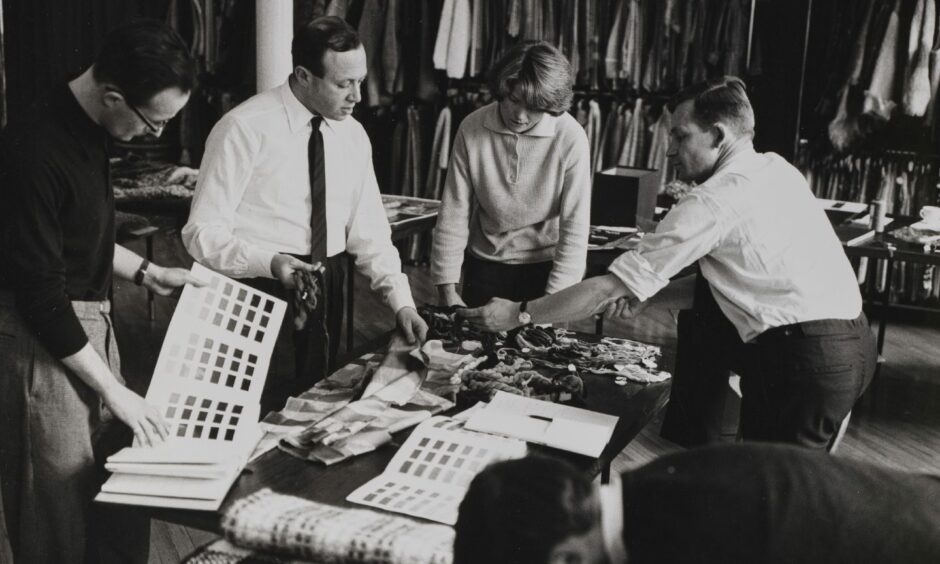
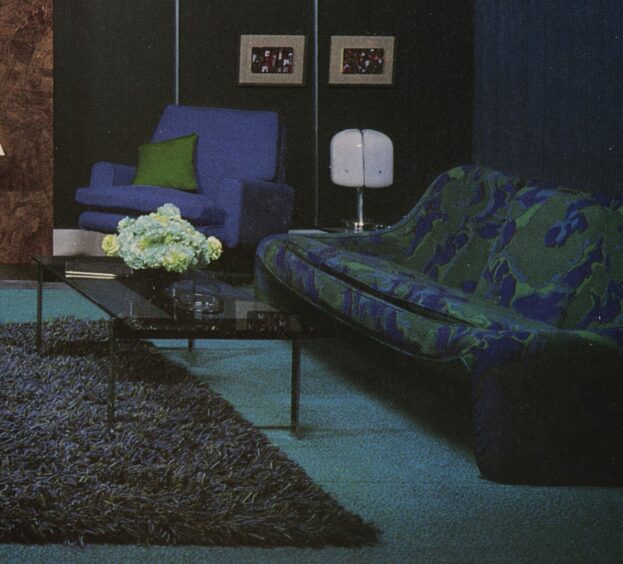
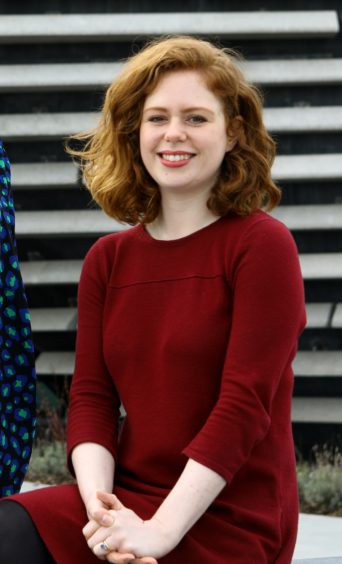

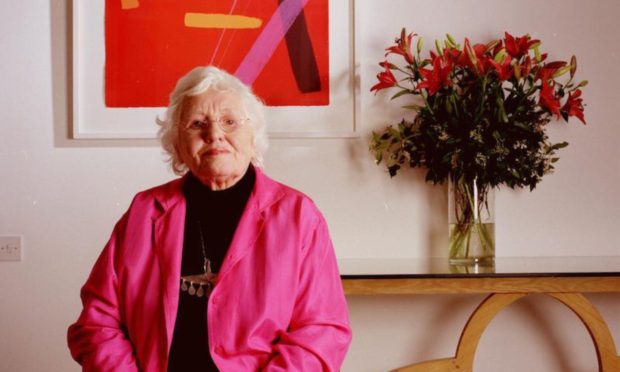

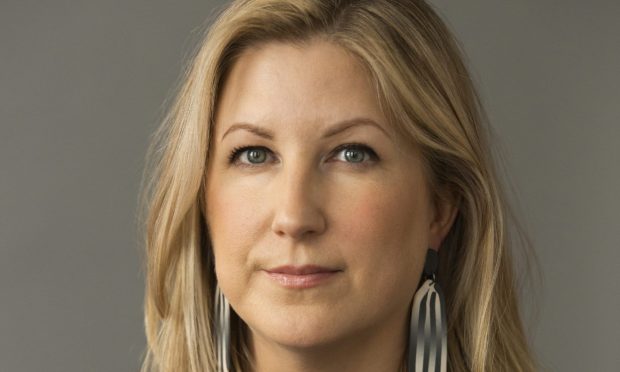



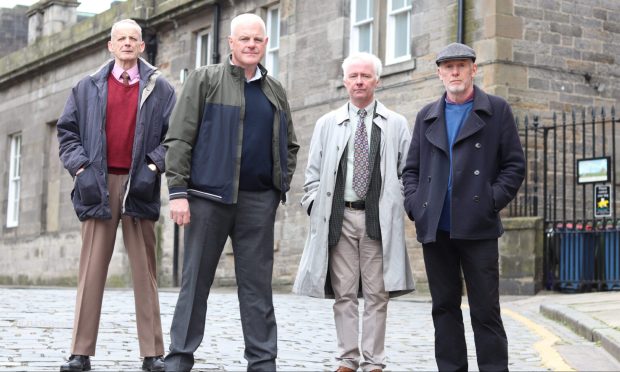

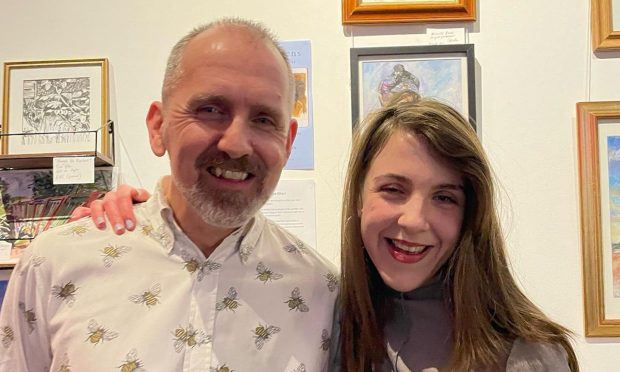
Conversation